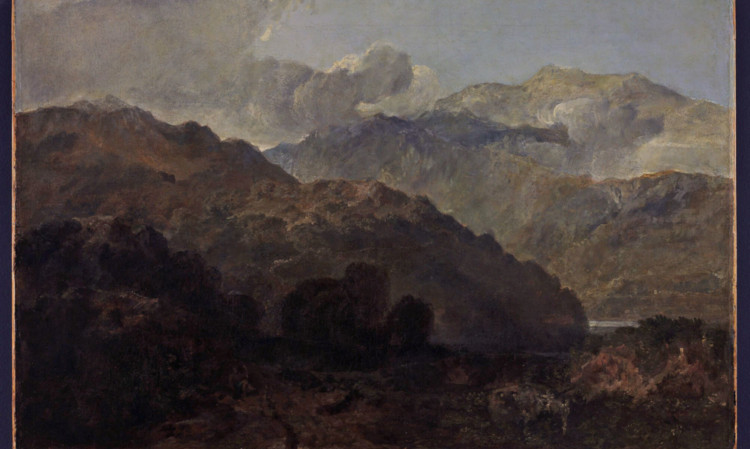A “lost” Scottish landscape by Joseph Mallord William Turner has been uncovered.
Professor Murdo Macdonald from Dundee University’s Duncan of Jordanstone College of Art and Design discovered that what was thought to be a Welsh scene painted by the British Romantic landscape artist was in fact a depiction of an episode from the 18th century literary work Ossian’s War of Caros set around Loch Lomond.
He made the finding after undertaking some detective work alongside Eric Shanes, a former chairman of the Turner Society.
The painting was exhibited at the Royal Academy in London in 1802 with the title The Traveller Vide Ossian’s War of Chaos. However, it was incorrectly catalogued in the 1970s as a Welsh mountain landscape.
Mr Macdonald said: “For the first time since the title and painting became detached from one another, it is possible to appreciate fully the psychological balance of Turner’s first exhibits in oils at the Royal Academy.
“The painting is significant in another sense. It seems to be Turner’s first response in oil paint to poetry based on a landscape that he had himself seen, and that is, of course, one of the defining themes of his career as a whole.”
According to the story of the war of Caros, a dismissed general called Hidallan is murdered by his father Lamor, who then also kills himself out of shame at the dismissal.
Mr Macdonald added: “The seated man in Turner’s painting is undoubtedly Lamor, holding his glinting sword and with a semi-circular form to the left of him that surely represents his discarded shield. At his feet lies the body of his slain son.”
